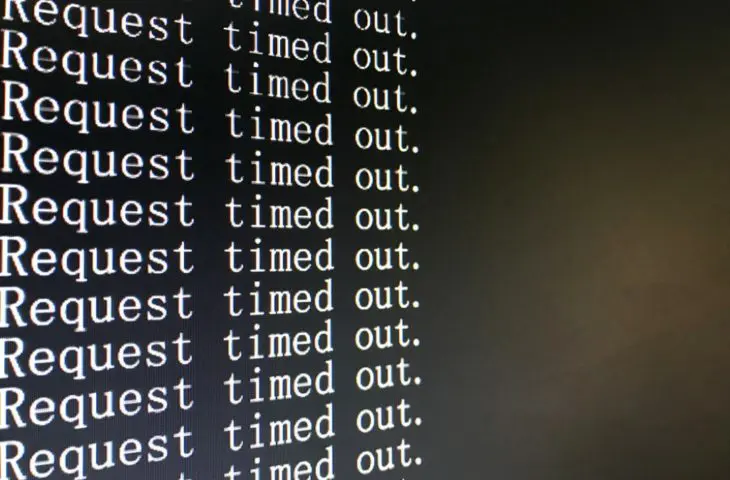Microsoft blocked a record-sized DDoS attack late last year targeting one of its Azure customers. Never before has an attack of 3.47 Tbps been spotted in the wild.
Last year, Microsoft faced a 3.47 Tbps DDoS attack targeting an Asian Azure customer. In doing so, Redmond faced the largest DDoS attack in history to date. The attack originated from about 10,000 sources around the world and lasted 15 minutes. The initial charge was followed up by two other gigantic DDoS attacks: one of 3.25 Tbps and one of 2.55 Tbps. Until now, the record for the world’s most powerful DDoS attack stood at 2.4 Tbps.
DDoS
DDoS stands for Distributed Denial of Service. In a DDoS attack, criminals attempt to saturate a target’s IT infrastructure with useless connection requests coming from a variety of sources. This deluge of clutter also prevents legitimate visitors from reaching a server. DDoS attacks are typically carried out with the help of a botnet, which unknowingly deploys thousands of computers and servers to send the rogue requests. The format of the attack, expressed in Tbps, refers to the volume of requests fired at the target per second.
read also
Microsoft mitigates world’s largest DDoS attack on Azure customer of 3.47 Tbps
This particular wave of attacks targeted port 80 and port 443. The attackers used several vectors including SSDP, CLDAP, DNS and NTP. Microsoft was able to mitigate the attack. DDoS attacks are getting bigger and bigger. This makes sense as the amount of connected devices and the quality of networks are also on the rise. Attackers can gather a lot of firepower through outgrown botnets, but cloud giants such as Microsoft Azure and AWS have so much capacity that they can handle even the biggest offensives.
